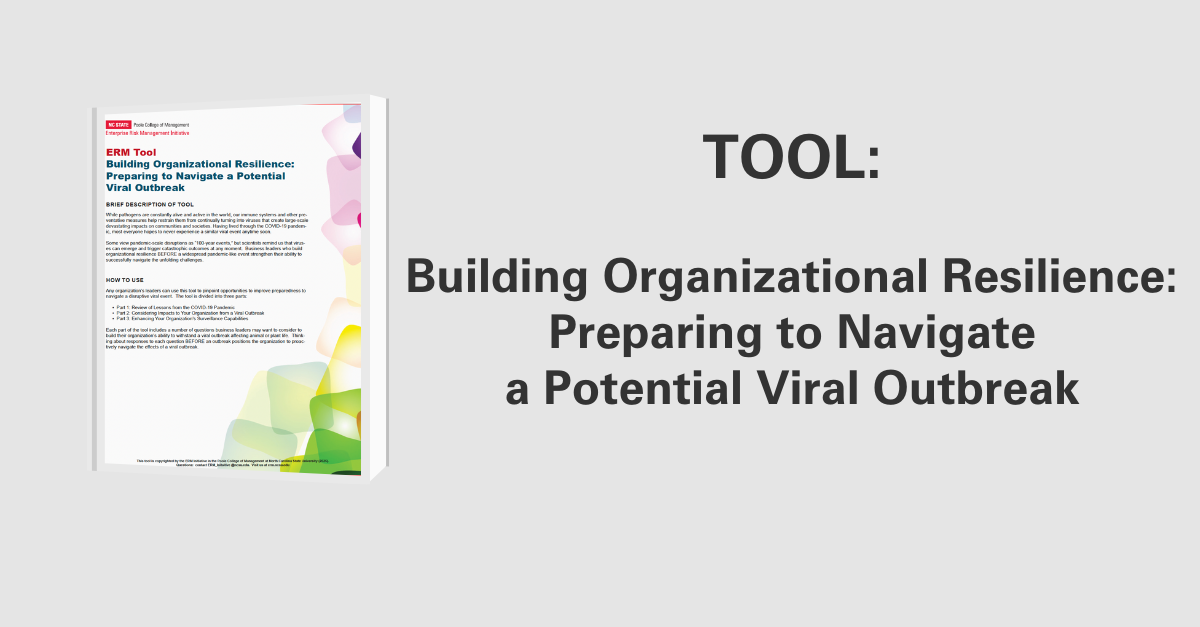Emerging Risks
Managing Human Capital Risk
Human Capital Risk (HCR) is a topic that has not been thoroughly researched, but human capital risks can derail the execution of an organization’s strategic and operational objectives. The Conference Board conducted research on companies based in North America, Europe, and Asia-Pacific to investigate:
- How the impact of human capital risk compares to the impact of other types of risk.
- The current state of human capital risk management in those companies.
Key findings from the report authored by Ellen S. Hexter and Mary B. Young are as follows:
- Businesses consider HCR as having the fourth most significant impact of the 11 risks surveyed. It was ranked higher than financial, reputational, supply chain, and IT risks; therefore, HCR management should be taken very seriously.
- Businesses are immature in their HCR management; HCR ranks tenth in terms of how effectively it is now managed. Most organizations are focusing on issues such as succession planning, but they are not doing a thorough evaluation of other human capital risk areas.
- The companies that believe they assess and manage HCR effectively have a formal HCR process, have the business participating in the process, and utilize a standing group to oversee HCR.
- There is a disconnect between the ERM and HR functions on the impact and management of HCR. This disconnect reflects a communication failure within companies.
As a result of these findings, The Conference Board recommended the following as ways to improve HCR management:
- Companies should improve communication between ERM and HR functions to improve HCR management.
- In its HCR management, a company should use a risk management language that is consistent with that used in its other risk management processes. In some cases, HR and ERM may use languages that are different, thereby complicating the communication of risk information in an organization.
- Strategic Workforce Planning (SWP) can be very useful in helping an organization have mature HCR management. The fact that SWP is a framework that integrates HR objectives within a company’s strategy can benefit ERM objectives.
- Companies should consider having a formal HCR process, having the business participate in the process, and having a standing group that oversees the process.
- Businesses should take ownership of the human capital risks and consider including the chief human resource officer on the corporate risk committee.
In the appendix of this research report, the Conference Board includes four resources to help organizations improve their HCR management. These are:
- Starting a Cross-Functional Dialogue. This resource provides sample questions to promote dialogue between the HR and ERM functions.
- Inventory of Human Capital Risks, Crompton Greaves Ltd. (Avantha Group). This document provides human capital risks and suggests mitigation responses to those risks.
- ERM Maturity Model. This model breaks down a company’s ERM adoption into 3 stages. The early stage is driven by the board of directors and it takes a year. The board of directors and senior management drive the middle stage for the next 3 years. After that, the business unit leaders drive the mature stage.
- The Conference Board’s SWP Maturity Model. A company may use this model to align its workforce planning with its strategic objectives.
Purchase report at The Conference Board.


